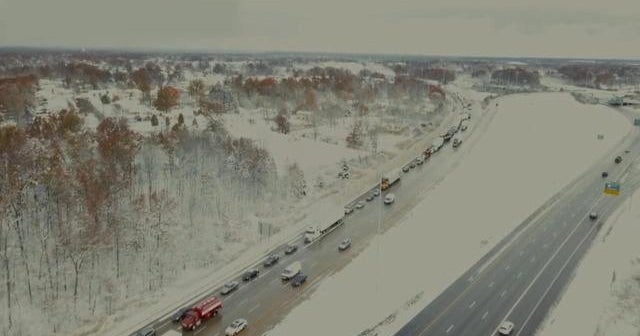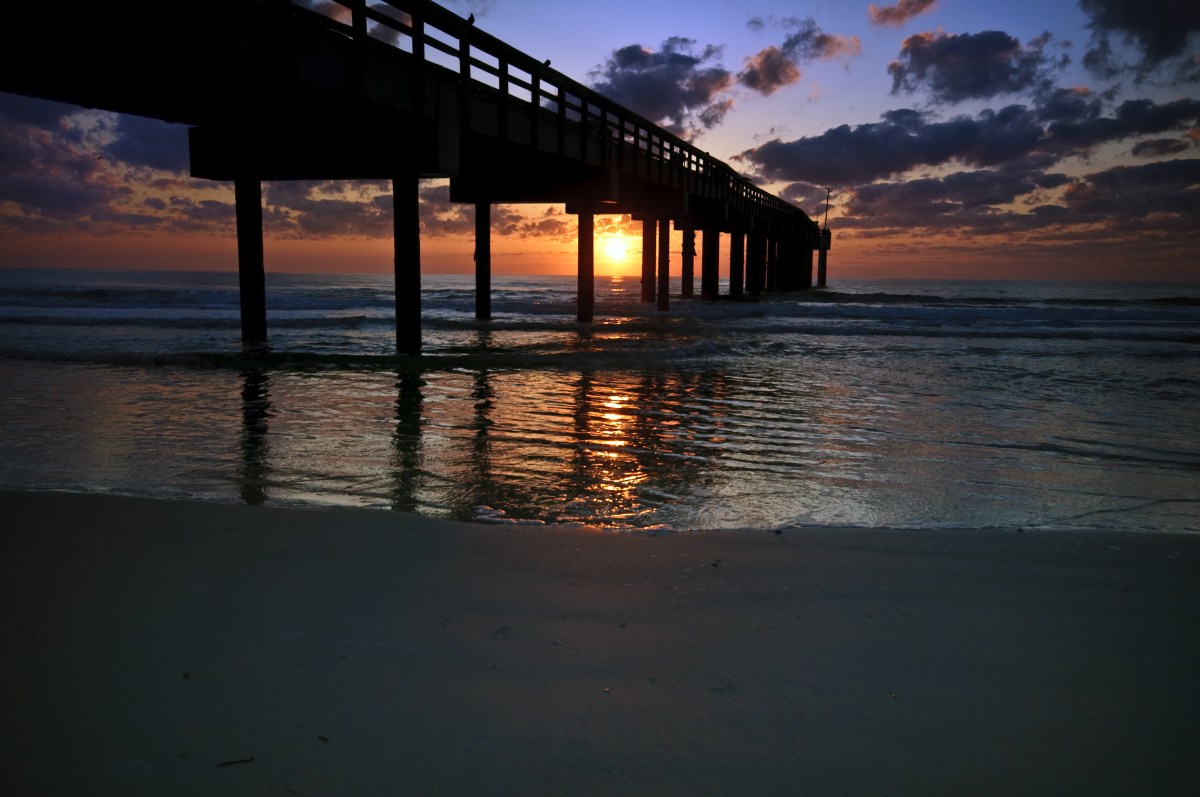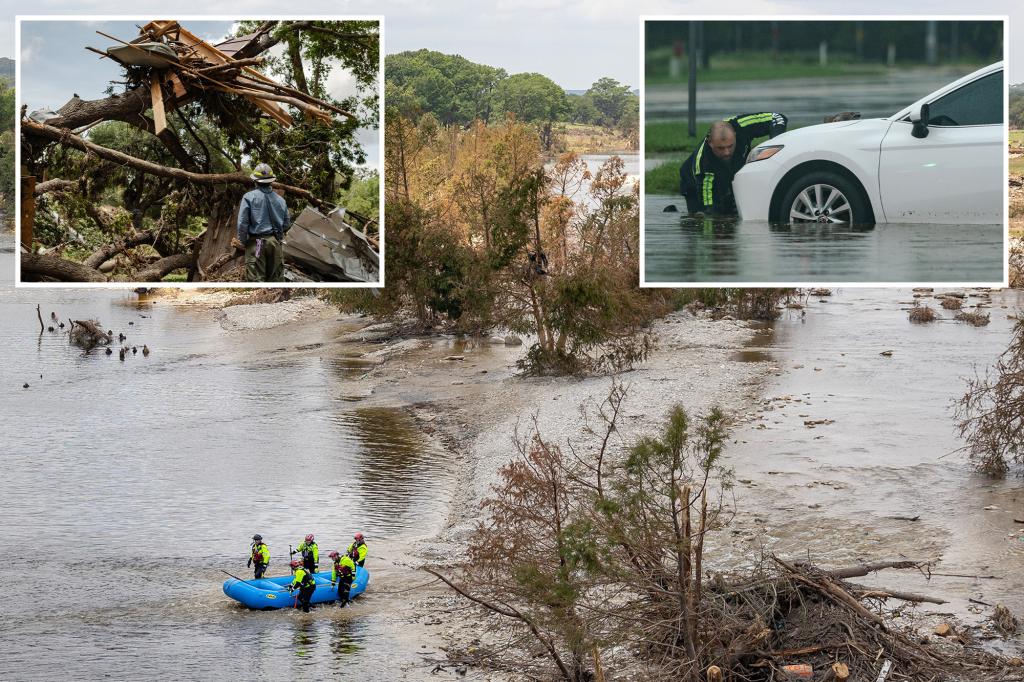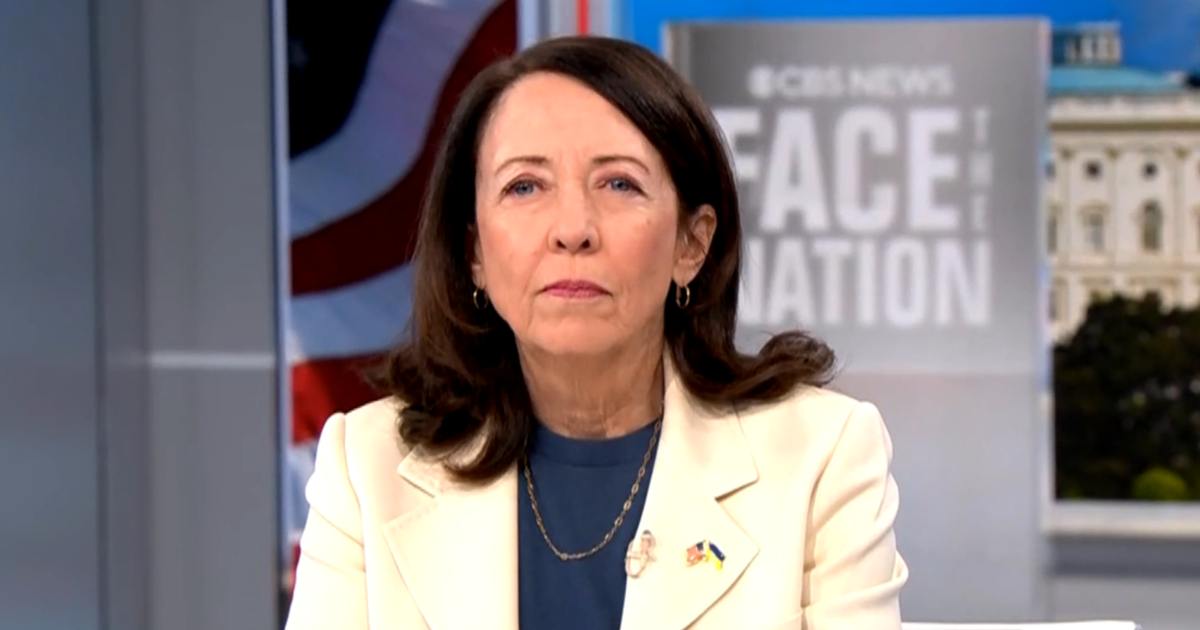Chilling Conditions: Over 220 Million Americans Face Arctic Freeze
An unprecedented Arctic blast is sweeping across the United States, impacting more than 220 million residents. This extreme weather event raises concerns about safety and preparedness as temperatures plummet and winter storms intensify in many regions. The recent surge in Arctic air has not only caught citizens off guard, but it also poses significant challenges to infrastructure, healthcare, and emergency services.
The Immediate Impact of the Arctic Blast
As the Arctic air descends, temperatures in several states have already dropped below freezing, with some areas experiencing wind chills that feel even colder. Reports indicate that many cities are bracing for record-low temperatures, reminiscent of the notorious polar vortex events of previous years. The National Weather Service has issued warnings across the Midwest and Northeast, urging residents to prepare for hazardous conditions.
Safety Concerns and Preparedness
With over 220 million people affected, the safety of individuals and families becomes paramount. Local governments are mobilizing resources to ensure that residents have access to heating centers, food supplies, and emergency services.
- Heating Centers: Cities like Chicago and Minneapolis are opening emergency shelters to provide warmth for those without adequate heating.
- Transportation: Travel advisories have been issued, and many states are preparing for potential road closures due to snow and ice accumulation.
- Healthcare: Hospitals are on alert for weather-related injuries, including frostbite and hypothermia, especially among vulnerable populations.
Understanding the Causes of the Arctic Blast
The current Arctic freeze can be attributed to a combination of meteorological phenomena. A significant factor is the disruption of the polar vortex, which usually contains cold air near the Arctic region. This year, unusual warming in the stratosphere has weakened the vortex, allowing frigid air to spill southward into the continental United States.
Furthermore, climate change plays a pivotal role in altering weather patterns. Warmer ocean temperatures can contribute to more extreme weather events, as they impact atmospheric circulation. Experts suggest that these changes may become more common in the future, necessitating a reevaluation of preparedness strategies.
Long-Term Implications for Weather Patterns
As we analyze the current Arctic blast, it is essential to consider the long-term implications for weather patterns across the country. Scientists are increasingly linking extreme cold spells to broader climate trends, suggesting that unpredictability in weather may become the new norm.
In light of these changes, policymakers must prioritize investment in infrastructure and emergency response systems. This includes enhancing weather forecasting technology, improving building standards for extreme weather resilience, and ensuring that vulnerable populations have access to resources during such crises.
Looking Ahead: The Future of Winter Weather
As temperatures continue to fluctuate and winter storms evolve, residents must stay informed and adaptable. The lessons learned from this Arctic blast will undoubtedly shape disaster response protocols in the coming years. It is critical for individuals to remain vigilant and proactive, equipping themselves with knowledge and resources to navigate future weather challenges.
Conclusion
The Arctic blast affecting over 220 million Americans serves as a stark reminder of the challenges posed by extreme weather. As communities brace for the cold, the need for effective preparedness and response strategies has never been more crucial. The interplay between climate change and extreme weather events necessitates a collective effort to safeguard lives and build resilience against future Arctic incursions.
See more Your Daily Weather



